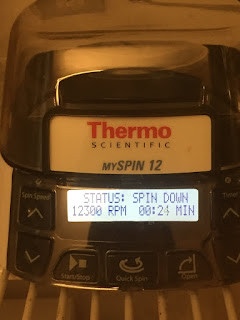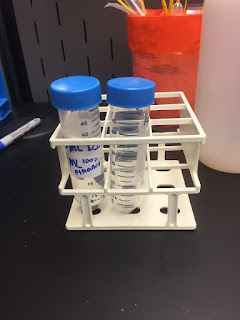Research Proposal
Lab Proposal: Lysozyme purification from egg-white. 1. An explanation of why you selected your research topic. Consider issues like: Q: Why is the topic significant? A: Every bacteria carries peptidoglycan which is a layer outside the plasma membrane of most bacterias. Peptidoglycan is the specific site that lysozyme targets, lysozyme is an enzyme found in tears, saliva, sweat and other body fluids. It is capable of breaking the chemical bonds in the outer cell wall of the bacteria. Q: Why is it important to learn more about this topic? A: Prevent other bacterias from spreading or get rid of a international bacteria. Q: Why is it important to conduct research in this area? A: It is important to conduct a research in this area because the advancement of lysozyme can perhaps in the future become more advanced and have a cure to other bacterias. 2 . A description of how you will be researching your topic. For example, you might be plann...


